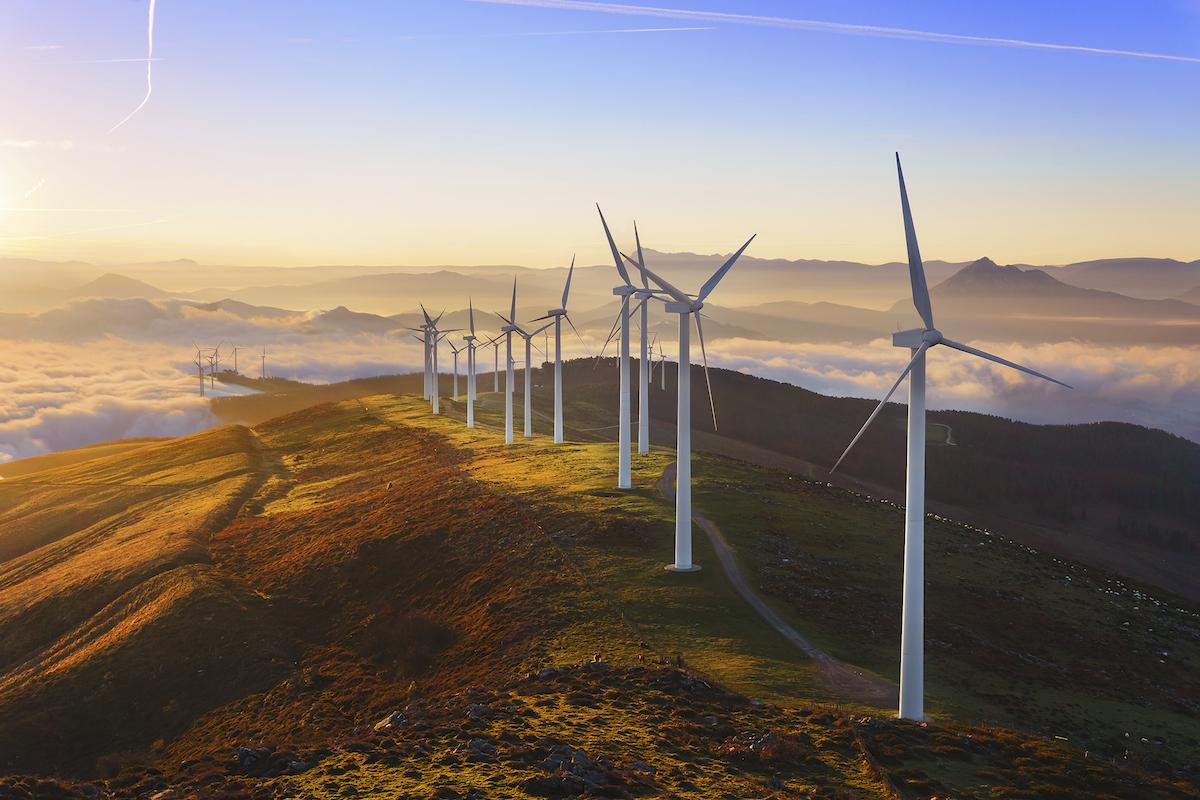3 Ways to Elevate Efficiency for Low-Carbon Growth

Disruptive changes in today’s global energy landscape shape a new economy that is hyper-efficient and low-carbon. In this new energy paradigm, efficiency becomes a lever for profitability and growth – and more companies are taking notice.
Already, 96 percent of companies have energy efficiency technology. The pace of adoption in renewables and energy storage has also accelerated: up 11 percent from the previous year.
While technology may be an enabler, many companies struggle to translate these investments into long-term growth.
Take for example a global pharmaceutical manufacturer: like many manufacturing facilities with energy intensive operations, its plant managers had strong independence when it comes to energy efficiency projects, including ownership of budgets. This silo-ed approach made it difficult to gain buy-in from local teams and costly to scale the energy program globally.
Once all decision-makers were brought together under an enterprise-wide change management plan, the company was able to standardize best practices and reach critical mass. Within three years, the initial investment translated to $7M in annual energy savings and 4,000 metric tons of CO2 emissions avoided.
“With a centralized, holistic approach, we can standardize the way of working and leveraging external resources, like Schneider, to tackle more projects and generate energy savings even faster than before,” said the company's energy program manager.
Think Globally, Act Locally
Leading companies are adapting their approach to unlock speed and scale in their global energy and sustainability programs. These companies are addressing opportunities portfolio-wide and engaging all levels of the organization to move holistically towards long-range goals.
Here are 3 ways you can elevate efficiency to encourage low-carbon growth:
1. Accelerate decision-making process
Complex organizational structures can slow down the decision-making process and make it difficult to get buy-in. Engage decision-makers at all levels of the organization, and across businesses and geographies, to establish buy-in and accountability for internal targets. Centralized governance and an enterprise strategy help keep the energy program aligned with business objectives, resources and capabilities and ensure the achievement of long-range goals. In doing so, energy and carbon can be made part of the investment decision-making process and larger capex planning discussions.
2. Localize implementation plans
Remember, one size does not fit all. Even the most experienced sites may need additional financing and engineering support to move capex projects forward more quickly and cost-effectively. Work collectively with local site teams to validate the implementation plan and establish buy-in and accountability for each action as they are being mapped out.
3. Facilitate change management
Success stories show that efficiency can be an enabler to business performance if done correctly. To help naysayers think differently, explain how. Businesses can see efficiency as a competing priority to growth and productivity. While you’re unlikely to change a person’s decision-making process, it is possible to influence the conditions under which their decisions are made. This could come in the form of additional tools, expertise or simply ensuring stakeholders understand “why” we are taking the action and provide evidence of the impact it will have on the KPIs that matter to them.
For more case studies and tips on how efficiency can drive low-carbon growth in your business, download our new eBook.

